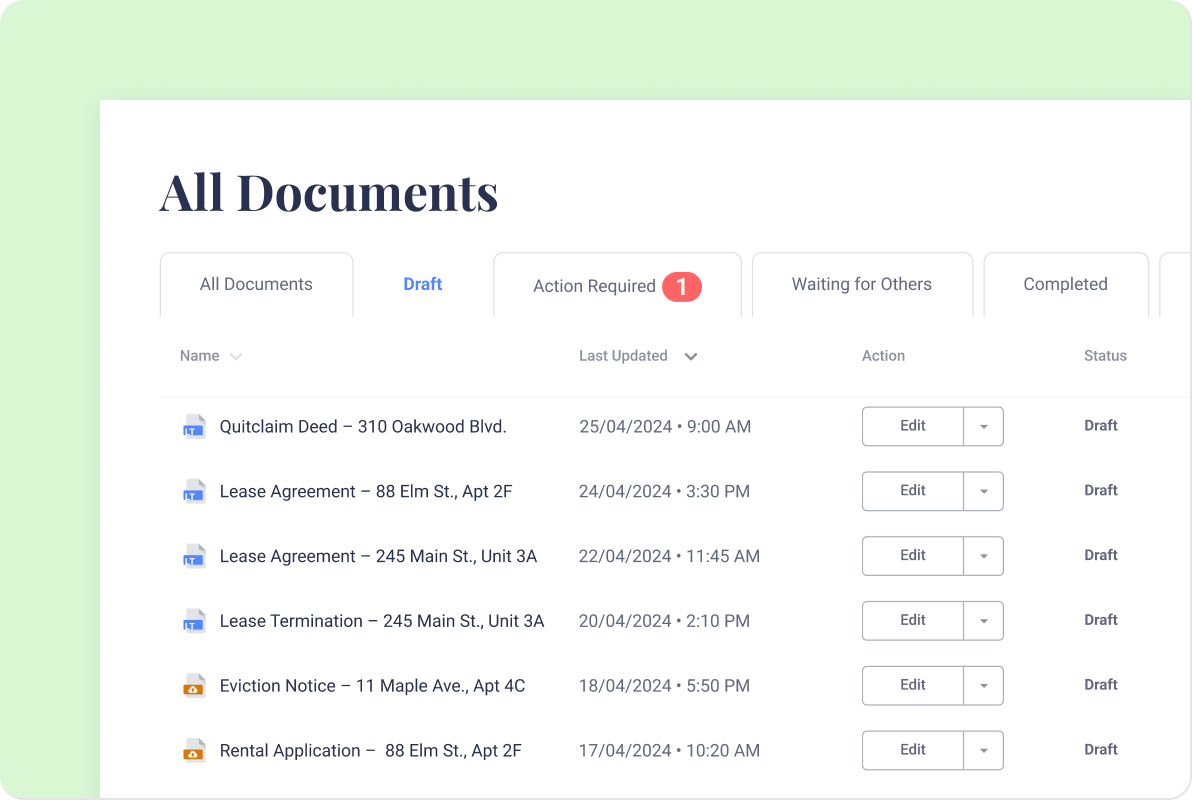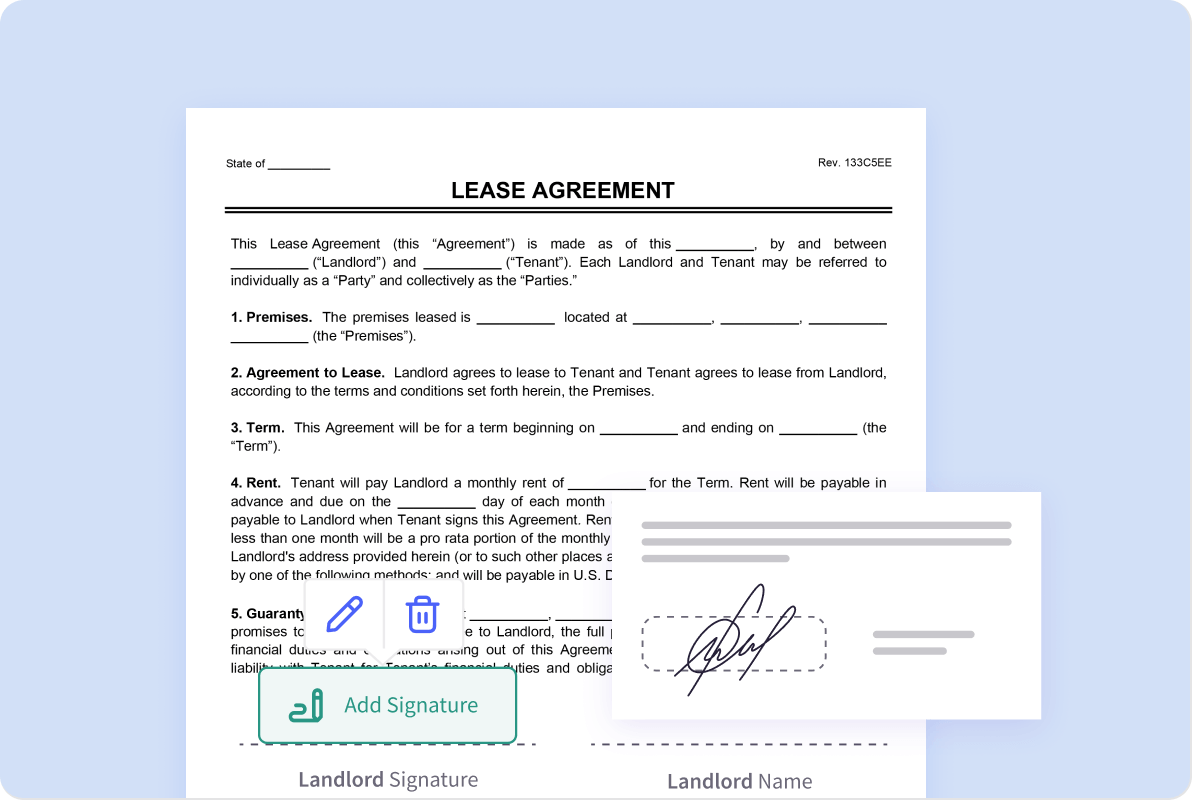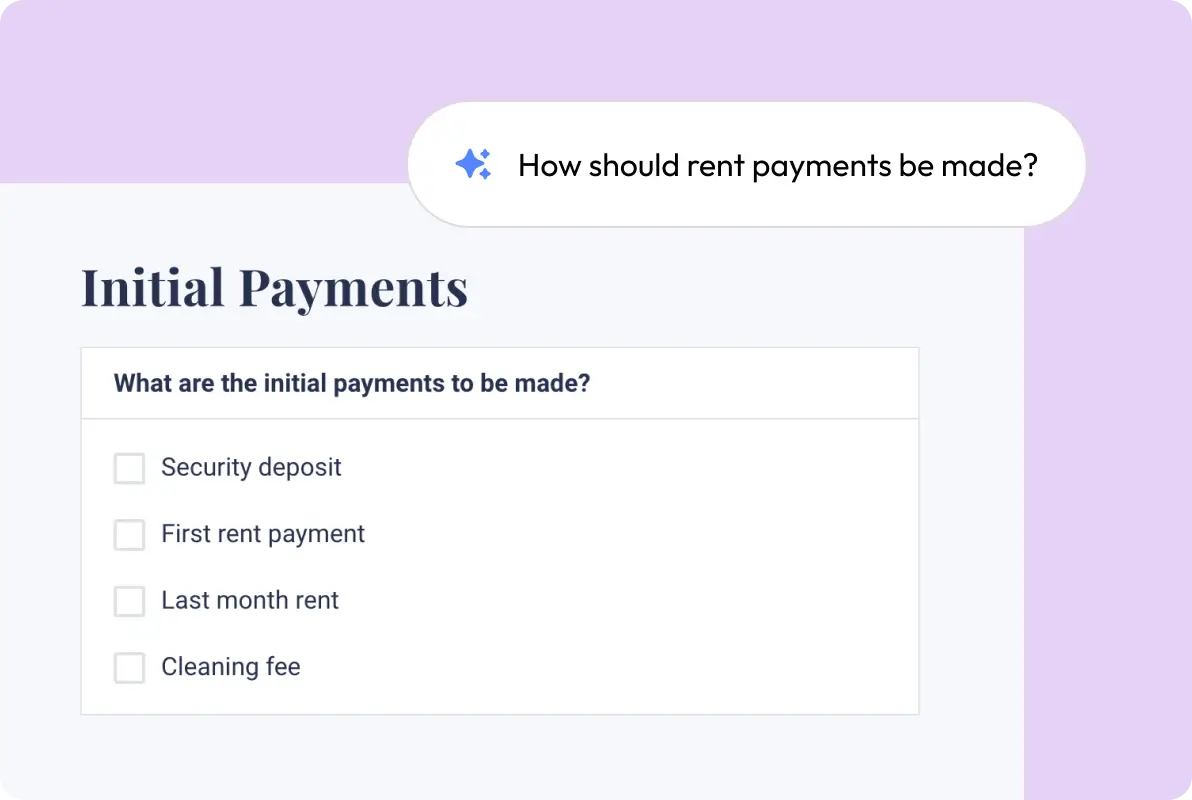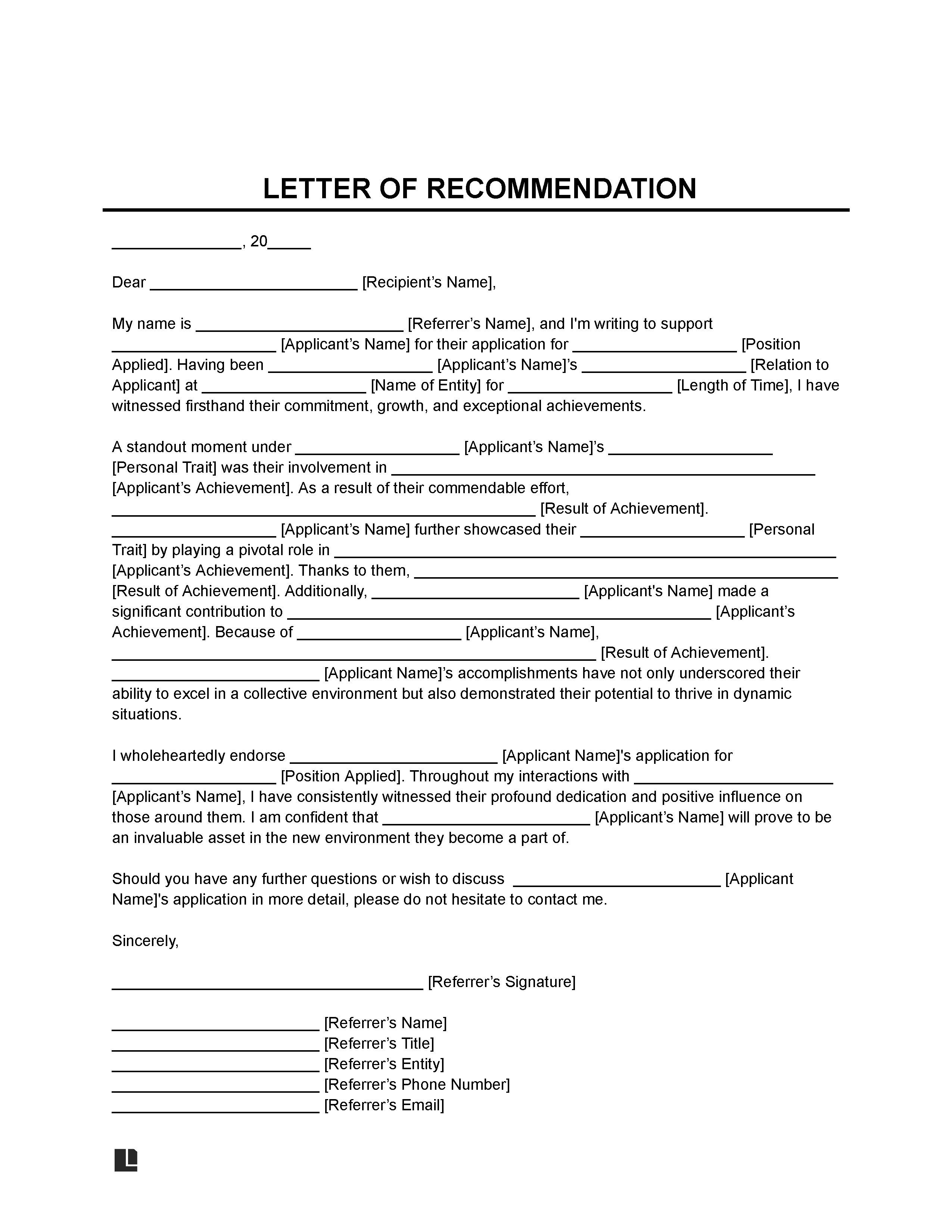What Is a Letter of Recommendation?
A letter of recommendation (LOR) lets you express confidence in a candidate’s suitability for a specific opportunity. It highlights your experiences supervising or working with someone applying for a particular job, position, or honor. When writing this letter, you can discuss a candidate’s abilities and include specific examples to illustrate their contributions.
Being asked to write a recommendation letter is an honor. It means you get to support someone’s professional or educational development, and it’s also a sign that the requester values your opinion.
Letters of recommendation can impact decisions on employment, college admission, and monetary awards. When you create a thoughtful and detailed letter, you can make a real difference in someone’s future.
How to Write a Letter of Recommendation?
When learning how to write a strong recommendation letter, it’s important to be as specific as possible. The goal is to tailor each letter to the candidate’s particular strengths and experiences. You can use Legal Templates’s letter of recommendation template to explain how they meet the requirements of the position or accolade they’re seeking.
Ask the individual for a copy of their resume and a description of the job or award for which they are applying. Use this information as a starting point to write a letter of recommendation. Then, follow these steps to simplify the process.
1. Start With a Clear Purpose
The first paragraph of a letter of recommendation sets the tone and immediately explains that you’re recommending the candidate.
What Is the Best Opening Sentence for a Letter of Recommendation?
Start by introducing yourself and your purpose. Be sure to show enthusiasm for the candidate’s selection.
Example: “My name is James Urban, and I’m pleased to offer my recommendation of Jessica Mountford for the position of Executive Assistant at Brown, Riley, & Associates.”
Our document builder ensures you introduce yourself and state the purpose clearly, as there are fields for the candidate’s pronouns and the position they’re applying for.
2. Highlight the Personal Connection
Include your connection to the candidate. You can explain whether you are or were in a supervisory or peer role and how long you have known them.
A personal insight into your relationship strengthens the letter. It shows the recipient your familiarity with the candidate’s skills and ability to work cooperatively. Keep it brief and don’t over-explain or cross the line of professionalism.
Example: “I am Ms. Mountford’s direct supervisor at Urban Law Office, where she has served as my Executive Assistant for the past 10 years. During this time, Ms. Mountford has become an indispensable part of my legal team.”
3. Emphasize Key Strengths
Highlight skills and accomplishments that closely align with the candidate’s desired goal or position. Instead of using generic qualities, tailor your descriptions to the specific opportunity. These details will show the reader what they will gain if they select the candidate you endorse.
Example: “Ms. Mountford showed great initiative in problem-solving by developing a streamlined document management system for our legal firm. This system ensured a faster retrieval of case files and improved overall workflow efficiency.”
4. Provide Evidence
A strong letter of recommendation doesn’t just state the candidate’s good qualities. It gives concrete examples. Instead of telling the reader how great the candidate is, it should show them by including specific projects or measurable achievements.
Example: “Ms. Mountford single-handedly reduced our estimated turnaround time for document creation from two weeks to three business days. This achievement increased client satisfaction significantly, as we gained more than 200 5-star online reviews this year that referenced our turnaround time.”
5. Use a Professional Tone
Aim for a balance of positivity and objectivity in your tone. Maintain an air of formality, but let your enthusiasm for the candidate shine through.
Avoid exaggerations, such as referring to the candidate as “the best employee ever.” You can emphasize your confidence in the candidate’s skills and ability to do the job without seeming insincere.
Instead of saying something like “We can’t live without Ms. Mountford at Urban Law Office,” the recommender may consider saying something like “Ms. Mountford’s capable presence will be missed at Urban Law Office.”
6. Offer a Strong Conclusion
Conclude the formal recommendation letter on a strong note by reinforcing your enthusiasm for and recommendation of the candidate. The last paragraph should:
- reiterate why this candidate is highly recommended
- offer your contact information if further information is required
- end with a professional closing
Example: “I strongly recommend Jessica Mountford for the position of Head Executive Assistant at Brown, Riley, & Associates. Her attention to detail and willingness to take initiative would make her an asset to your team. If you require further information, please don’t hesitate to reach me at 727-555-9002. I’m happy to provide additional details.”
Tips for Writing a Letter of Recommendation
These tips will make writing a letter of recommendation with Legal Templates easier. They can also help you present the requester in the best possible light, which they are sure to appreciate.
1. Recommend Candidates in Good Faith
Only complete recommendations for candidates you can endorse in good faith. This is especially important when the candidate’s opportunity involves the welfare of others.
An inaccurate endorsement or omission of harmful details in fields like healthcare or financial advising could expose you to liability if the candidate later misbehaves. Even if the position doesn’t involve the welfare of others, it’s essential to be truthful about their qualifications to maintain your integrity. If you can’t recommend someone in good faith, politely decline the invitation.
2. Be Honest & Balanced
Be truthful in your description of the candidate without exaggerating. When emphasizing the candidate’s good qualities, balance it out by also mentioning areas of potential growth. This approach gives a fair and nuanced perspective.
3. Get the Candidate’s Consent
Even though the candidate asked you to write the letter, consider sharing what you will write before finalizing it. Their approval can be helpful, especially if you will share performance evaluations or internal company feedback.
Let the candidate decide whether your recommendation will benefit their goals. If it won’t, they can consider finding another endorsement.
4. Follow Company Policy
Some companies have rules or restrictions for employee recommendations. Before you write the letter, check company policy to see if you need to get approval or use standardized language.
Some companies may not allow personal recommendations on company letterhead. While these restrictions can be frustrating to work with, they’re in place to protect companies from potential legal issues like misrepresentation.
5. Respect the Candidate’s Instructions
Since the candidate is most familiar with the opportunity, focus on the information they’ve asked you to highlight. If the candidate hasn’t given you enough information or context, reach out to them for clarification on what skills and achievements to feature.
6. Know What Not to Say
Part of the art of writing a letter of recommendation is knowing what not to say. Avoid these mistakes to make your letter helpful to the candidate and avoid legal issues later.
False Statements
Don’t make false or misleading statements that could harm the candidate’s chances or misrepresent their qualifications. You should also not intentionally leave out any known harmful information about the candidate.
Consider the above example in the how-to section. If the candidate, Jessica, doesn’t have training as a paralegal, the recommender shouldn’t say she does. Instead, the recommender could say that Jessica has competently performed many tasks that a paralegal would normally complete.
Discriminatory Language
To comply with Equal Employment Opportunity Commission (EEOC) guidelines, avoid language that refers to protected characteristics, such as:
- race
- religion
- gender
- sexual orientation
- disability
- age
In the above example, the recommender could focus on Jessica honing her skills in the office for 10 years, but not mention her age.
Confidential Information
If the candidate has worked on proprietary projects, ensure the letter doesn’t breach a non-disclosure agreement (NDA) or otherwise reveal confidential information.
For example, the recommender could emphasize that Jessica has worked on numerous high-profile cases over the years. However, they must not reveal sensitive details to respect client confidentiality and attorney-client privilege.
How Long Should a Letter of Recommendation Be?
Keep your letter of recommendation to one page so the recipient can easily read the endorsement. Even when a candidate has a long history with you or your company, you should be able to highlight the key information on one page.
When you use our document builder to write your letter, you can easily enter all relevant information, such as the specific achievements they’ve accomplished. We put it all together to create a concise message that lets you sing the candidate’s praises.








